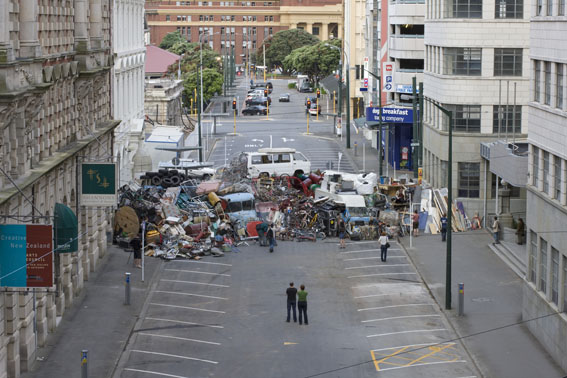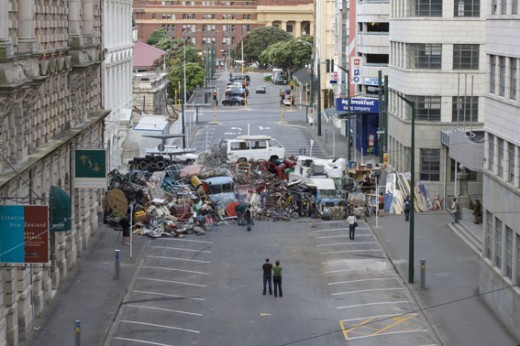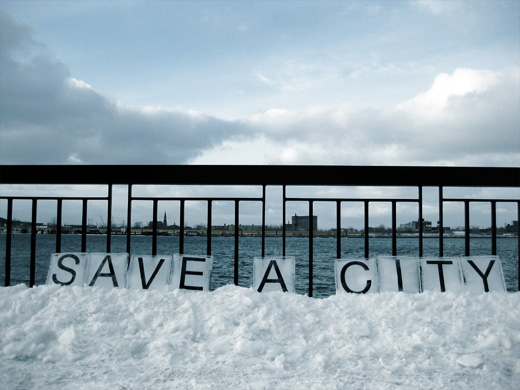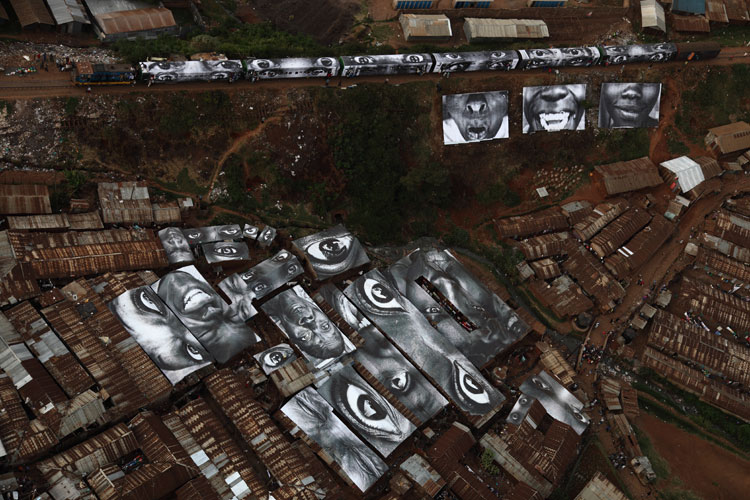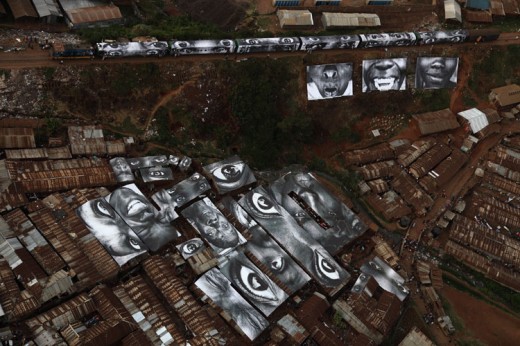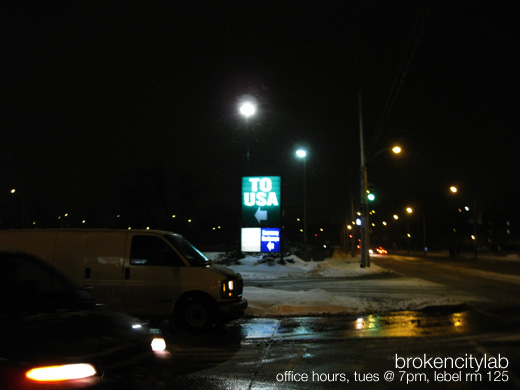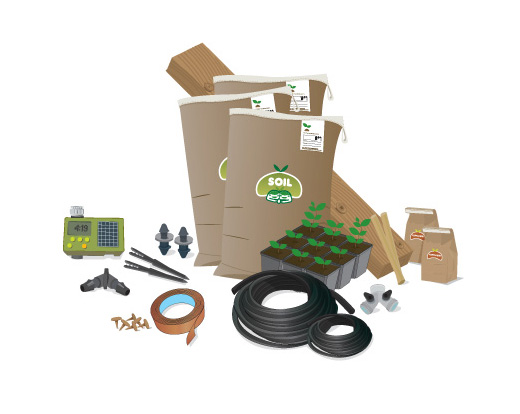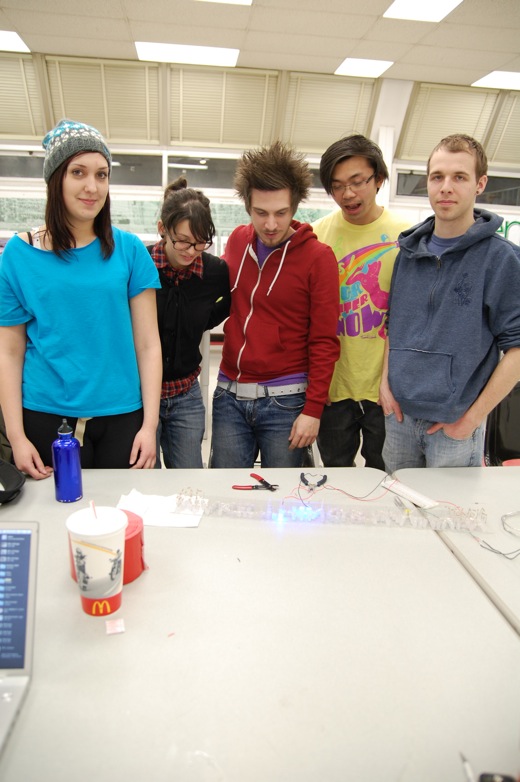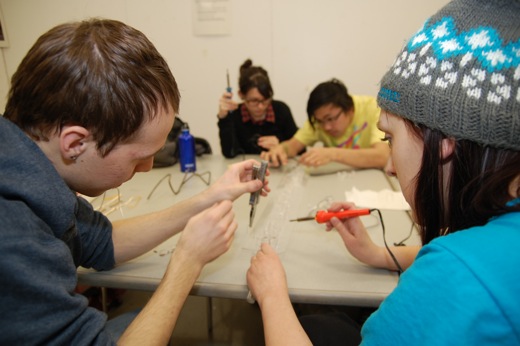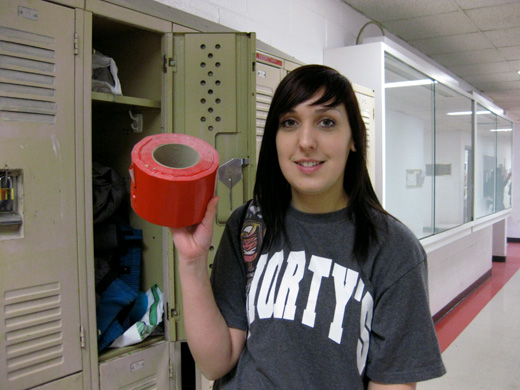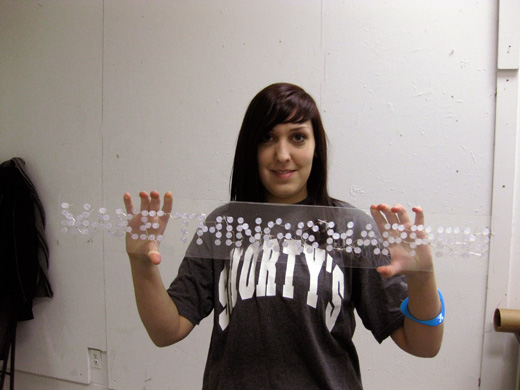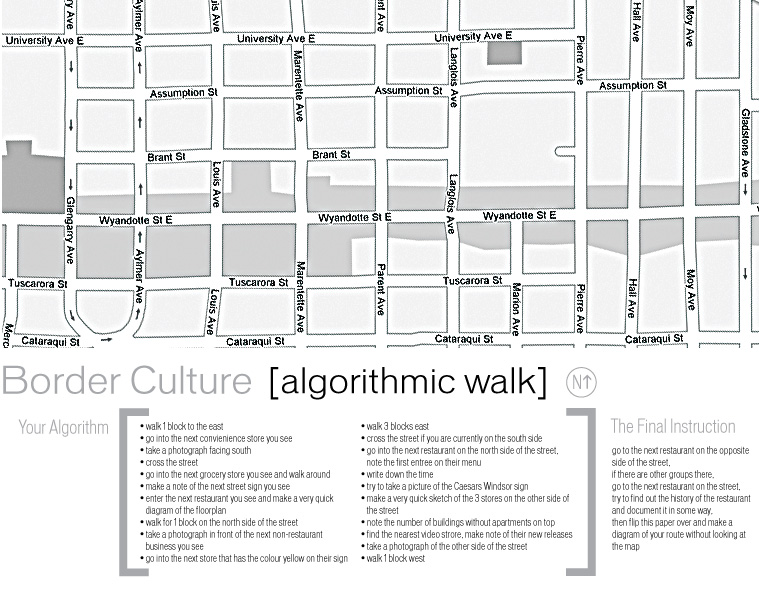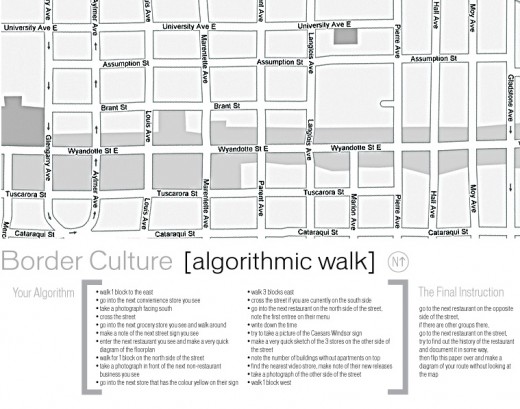Journée des barricades by Heather and Ivan Morison was installed as part of the ongoing One Day Sculpture exhibition in New Zealand. The barricade, consisting of car wrecks, discarded furniture, and other urban detritus, was installed for 24 hours back in December on a central street in Wellington.
The work is part of the Morison’s ongoing investigation of future catastrophies (and their social implications).
The One Day Sculpture project looks like it’s going to be a really interesting project, featuring 20 newly commissioned projects by its close. I’m just wondering if these sculptures / performances lasting for one day is just a function of the logistical nature of having public work in a major city centre or is an actual solid conceptual base for the entire exhibition.
